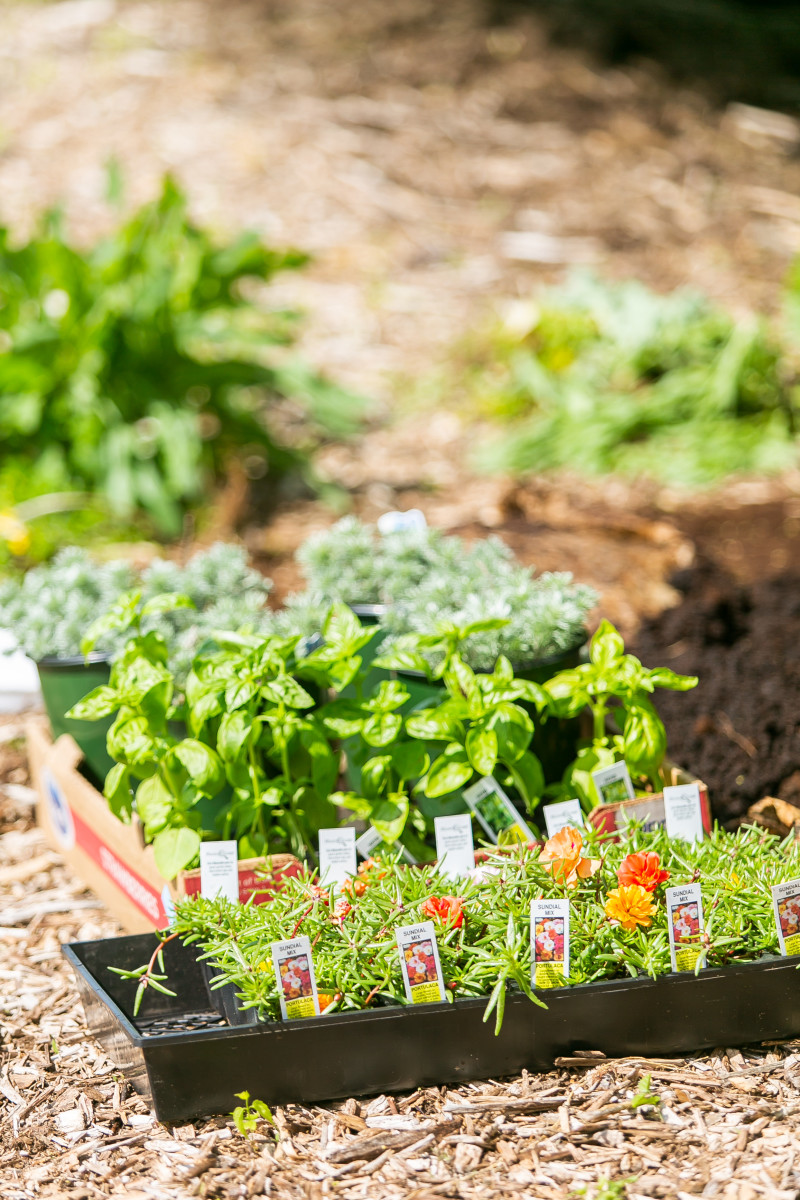How to Plan Your Garden for Spring

Spring will be here before you know it, and if you’re ready to start planning your garden, Clayton has the tips to help. From deciding on a layout to gathering your gardening tools, we have the black and white steps to grow your green thumb.
Growing a garden can be a rewarding and fun hobby, but it can definitely feel intimidating if you haven’t planted one before. Luckily, gardening is also something that can be tailored to your specific interests and budget. You don’t have to be an expert to enjoy growing fruits, vegetables and flowers, and there’s plenty of room to learn and experiment.
Here are a few tips for planning your dream garden this spring.
1. Decide on Your Garden’s Purpose
First things first. When you think about your gardening goals, ask yourself this question: “What do I want to get out of my yard?” Are you interested in living more sustainably by growing your own fruits and vegetables? Are you dreaming of a peaceful retreat full of colorful flowers? Or do you want something that’s super low maintenance?
Planning out your priorities before you get started will help you figure out how much time, money and space you want to devote to your garden.

2. Figure Out Which Planting Zone You’re In
It’s true what they say, it’s all about location, location, location. Depending on where you live in North America, there are 11 different plant hardiness zones based on the average winter temperature. Knowing your zone will help you figure out which plants will grow the best in your yard, and you’ll usually see the zone on the label of a plant or listed in a seed catalogue. For more info on your specific zone, you can enter your zip code on this website.
You’ll also want to know your frost dates, which are the average dates when the first frost in the fall and the last frost in the spring happen in your area. Generally, you’ll want to wait until a few weeks after the last frost date to plant your garden so your plants won’t be damaged.
3. Plan and Map Out Your Garden
This is the fun part! It’s time to decide what plants you want, and where you’ll put them. We recommend spending some time browsing online, in stores or seed catalogues for ideas. These days, there are even apps you can download to help you plan your space. You can also sit down with a piece of paper and sketch out your garden layout.
Make sure you consider factors like how much sun your yard typically gets, if rainfall usually collects in a certain area or your dogs like to dig in one spot. Also, different plants have their own growing times and seasons that can affect when and where you’ll want to grow them. For example, root vegetables or cabbages can grow during the fall and into the winter.
You’ll also want to decide if you’ll be planting directly in the ground or using raised beds and containers. For raised beds and containers, you’ll need a few more materials to start with, but they can be easier to maintain over time for beginner gardeners.
Now, you can start making a list of items to purchase. This will include things like:
- Plants and seeds, depending on what you want to grow
- Soil and compost
- Essentials tools, like gloves, a hose or watering can, a trowel, a spade and a hoe
- Materials for a bed or containers, if needed
You may also want labels to help you remember which plants are which or even some cute garden decor. You can check out your local garden center or greenhouse for ideas and suggestions. Keep in mind that while you can absolutely order seeds any time of the year and store them properly for future use, most gardeners recommend ordering them between January and April so you can get the best selection.

4. Get Started Gardening
Once you’ve researched, planned and purchased your items, it’s time to start planting your garden. Depending on the type of plants you choose, you may be able to start growing some of them inside while it’s still cold and then transplant them outside. You’ll also want to get your soil ready and add any compost if you need it, while also clearing weeds or dead plants. And while your garden is growing, make sure you keep track of any info you think might be useful for future planning, like seeds that grew particularly well or ideas you want to try for the next year.
Before you’ll know it, you’ll be enjoying the results of your hard work! And if you want to get more tips for tackling homeownership, from organizing room-by-room to knowing how to maintain all the surfaces in your home, you can check out the Homeownership section of our Studio blog today.
Are you ready to find your dream home?
Start shopping now or find a home center in your area to learn more about Clayton Built® home options.By entering your email address, you agree to receive marketing emails from Clayton. Unsubscribe anytime.
© 1998-2025 Clayton.

